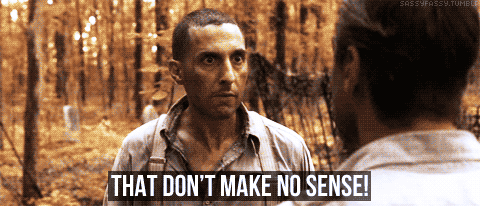SpaceCoastVol
Jacked up on moonshine and testosterone
- Joined
- Sep 10, 2009
- Messages
- 55,879
- Likes
- 69,975
OK Ash…. (and anybody else that wants to chime in) I am asking a non political question of you since you are in the music teaching game. I have been playing guitar now for about 7 or 8 years, but I have a little bit of a jazz saxophone background. I played Bari sax in stage band in HS and afterwards in a couple of bands here and there. One thing I could never get my head around was how instruments could have ‘keys’. I always just accepted it and rolled with the flow. For example, an Eb Bari or Alto would play a Gmajor scale when warming up in concert C, whereas the Bb Tenor plays a Cmajor. There doesn’t seem to be any formula for determining this, and the relationship doesn’t have any pattern that I can discern. (G is a fifth away from C, whereas Eb is a minor third, and the Bb is a minor second). So here’s where my question rolls in: If I am going to pick my sax back up and play with a band again, let’s say the tune is a 12 bar blues in A. A7-D7-C7…. If I am playing my guitar, the most simple scale you can work around would be Am pentatonic. But what if I am playing the Bari? Since Am is the relative minor of Cmajor, it would seem to me that I should be playing the relative minor of Gmajor (concert C for the Bari)…. Eminor.
But isn’t an A an A an A? Notes are mathematically derived in a sense. If you look at a guitar tuner, it is essentially computing the number of vibrations of the string. Middle C (concert C?) has a frequency of 256 Hz. Wouldn’t that be the same regardless of the instrument? In order to play that note, you would have to vibrate the – sound I guess – at a freq of 256 Hz. So wouldn't an A on a BAri be the same as an A on the guitar/piano? But from the previous paragraph, we can see that it isn't. Concert C on the piano is a G on the (Eb) Bari/Alto or C on the (Bb) Tenor.

But isn’t an A an A an A? Notes are mathematically derived in a sense. If you look at a guitar tuner, it is essentially computing the number of vibrations of the string. Middle C (concert C?) has a frequency of 256 Hz. Wouldn’t that be the same regardless of the instrument? In order to play that note, you would have to vibrate the – sound I guess – at a freq of 256 Hz. So wouldn't an A on a BAri be the same as an A on the guitar/piano? But from the previous paragraph, we can see that it isn't. Concert C on the piano is a G on the (Eb) Bari/Alto or C on the (Bb) Tenor.

Last edited:


